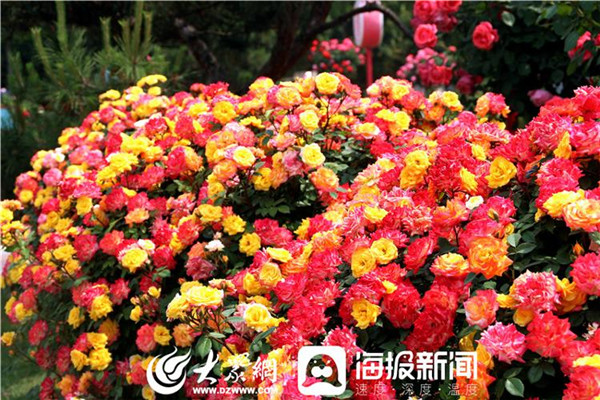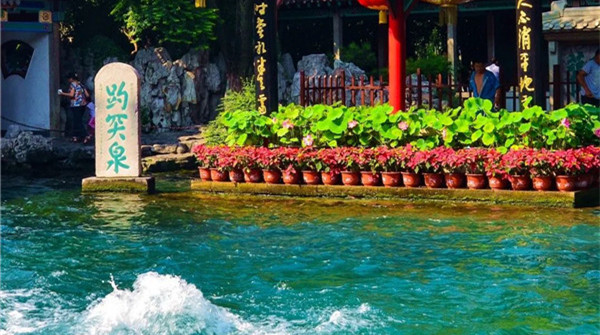Folk artist shows ‘Jinhuidui’ artwork in Europe
Folk artist Geng Xuezhi exhibited 30 works at an exhibition in Serbia on April 12. The exhibition was Geng’s first to be staged abroad.
Geng is a fourth-generation inheritor of Jinhuidui, which literally means a pile of old things from ash.
Before the close of the exhibition on May 10, Geng will be invited to create a Jinhuidui artwork at the Chinese embassy in Serbia and the local Confucius Institute.
 |
|
“Jinhuidui”artwork. [file photo] |
Jinhuidui, also known as “Bapotu”, is a branch of traditional Chinese painting originating from the Yuan Dynasty (1271-1368 AD). The creation of Jinhuidui requires great skill and time. The art form is in danger of being lost.
Geng said that Jinhuidui artists require versatility, since they should be good at writing an array of characters; know about different painting styles, a variety of tablet rubbings and shapes of bronze; and how to carve all kinds of seals.
Despite the arrangement and display of the artwork seeming unorganized, Jinhuidui requires an intricate, time consuming layout. On average, one painting requires approximately two to three months to complete; some elaborate art work take one year to complete.
Jinhuidui is a comprehensive, visual art form, which gives a sense of beauty in imperfection.chinadaily.com.cn
 |
|
“Jinhuidui”artwork. [file photo] |
“The heritage is on the list of provincial intangible cultural heritages, which will further boost its preservation and inheritance,’’ said Geng.
Geng added that he will make efforts to preserve the heritage through the establishment of a “Jinhuidui” art gallery and global cultural exchanges and by training professionals and conducting research and development

 Nishan Forum on World Civilizations
Nishan Forum on World Civilizations Explore magnificent Yellow River culture in Shandong
Explore magnificent Yellow River culture in Shandong

